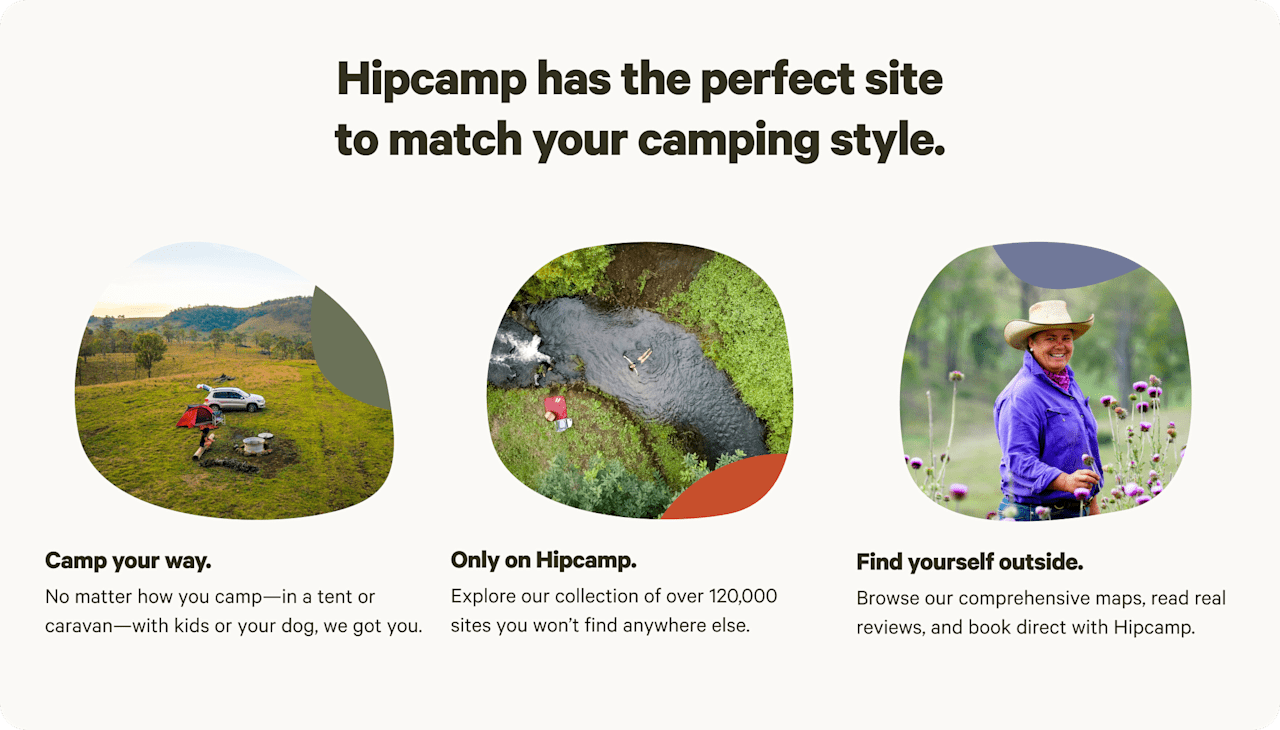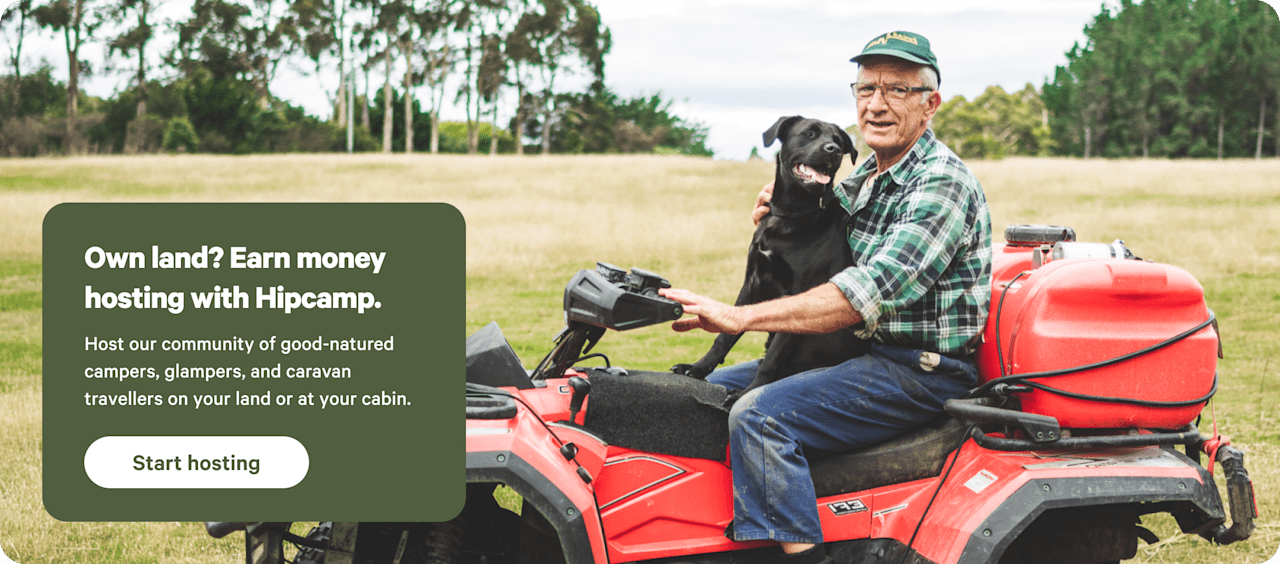Camping near Alice Springs
Australia’s most remote town is the gateway to the Red Centre.
- Alice Springs
Popular camping styles for Alice Springs


Camping near Alice Springs guide
Overview
More than 1,500km from Darwin and Adelaide at the heart of central Australia, you can’t get more remote than the Northern Territory town of Alice Springs. Whether you’re taking an epic road trip along the Stuart Highway or flying in to check off the highlights, Alice Springs is the gateway to some of the country’s most memorable natural wonders, Aboriginal heritage sites, and national parks. Campers can enjoy bush camping, sleep in a swag beneath the outback stars, or check into a holiday park or caravan park with amenities such as a camp kitchen, kiosk, and swimming pool.
Where to go
Uluru
The iconic red-rock monolith of Uluru or Ayers Rock is the headline act of the Uluru-Kata Tjuta National Park, and adventurers can also admire Aboriginal rock art on a base walk, ride a camel through the desert, and explore the red rock domes of Kata Tjuta or “The Olgas.” There’s no camping in the national park, but you’ll find a choice of campsites in neighbouring Ayer’s Rock and Yulara.
West MacDonnell Ranges
The rugged peaks of the MacDonnell Ranges stretch both west and east of Alice Springs, affording plenty of options for bushwalkers and campers. The towering cliffs of Simpsons Gap, the natural waterholes of Ormiston Gorge, and the remote Redbank Gorge are among the highlights of Tjoritja / West MacDonnell National Park. The park’s three camping areas have a mix of tent and caravan sites.
East MacDonnell Ranges
East of Alice Springs, the road to Trephina Gorge Nature Park is accessible for 2WD campervans and motorhomes, but beyond this, you’ll need a 4WD. Less visited than the western ranges, intrepid campers can venture out to hike through Ruby’s Gap, admire prehistoric rock carvings at N’Dhala Gorge Nature Park, and camp at a remote homestead or bush campground.
When to go
Central Australian summers can be scorching, with daytime temperatures often reaching 40°C. Fall through spring (March to November) provides more pleasant weather for hiking and camping. Annual events such as the Parrtjima light festival (April) and Finke Desert Race (June) pull in the crowds, while August and September bring desert wildflowers. Winter days are typically sunny, but nights can be cold, so wrap up warm if you’re camping.
















